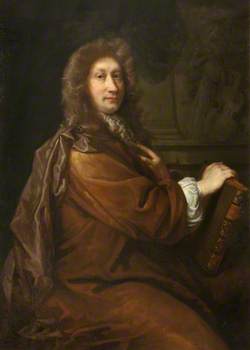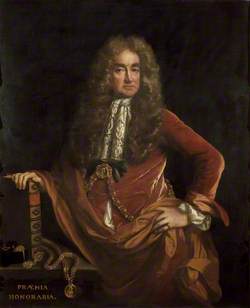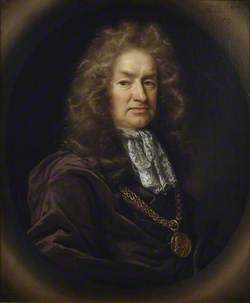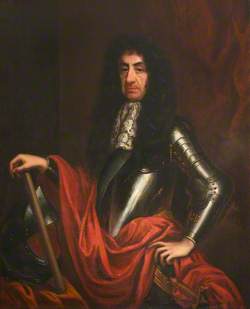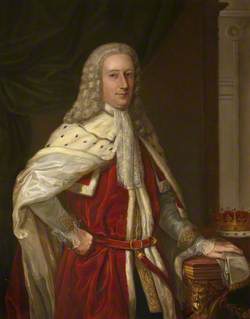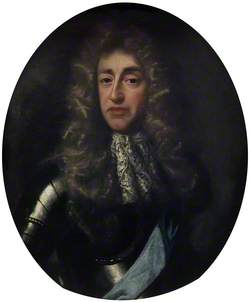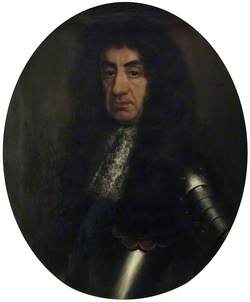How you can use this image
This image is available to be shared and re-used under the terms of the Creative Commons Attribution-NonCommercial-NoDerivatives licence (CC BY-NC-ND).
You can reproduce this image for non-commercial purposes and you are not able to change or modify it in any way.
Wherever you reproduce the image you must attribute the original creators (acknowledge the original artist(s) and the person/organisation that took the photograph of the work) and any other rights holders.
Review our guidance pages which explain how you can reuse images, how to credit an image and how to find more images in the public domain or with a Creative Commons licence available.
DownloadNotes
Add or edit a note on this artwork that only you can see. You can find notes again by going to the ‘Notes’ section of your account.
Elias Ashmole (1617–1692), whose gift to the University of Oxford in 1683 formed the basis of the Ashmolean Museum in Broad Street (now the Museum of the History of Science), is portrayed with objects reflecting his scholarly interests as an antiquary and herald. The book, 'Ashmole of the Garter', represents his 'Institution, Laws and Ceremonies of the most Noble Order of the Garter' (1672). The medals ('Praemia honoraria'), carefully depicted, no doubt at Ashmole's request, are a filigree chain and portrait medallion of Frederick William, Elector of Brandenburg (worn by the sitter); a portrait medal of Karl Ludwig of Bavaria; the George of the Order of the Garter which had belonged to Thomas Howard, 2nd Earl of Arundel and which was given to Ashmole by the Earl Marshal; and another chain and medal, given by the King of Denmark.
Title
Elias Ashmole
Date
c. 1681–1682
Medium
oil on canvas
Measurements
H 124 x W 101 cm
Accession number
WA1898.36
Acquisition method
Presented by Elias Ashmole, 1683
Work type
Painting


